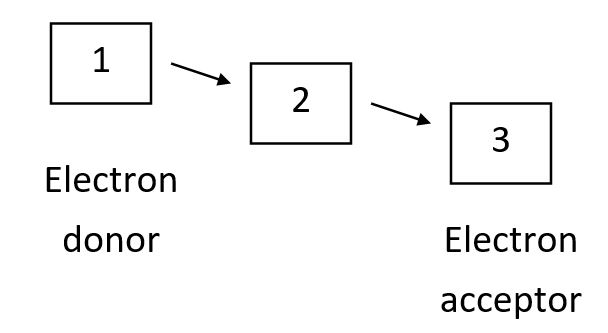Question 41
(Short Answer)
Proteins of the protein disulfide isomerase (PDI) family share common domains that harbor an active-site CXXC motif (C = cysteine; X = one of several residues). During the course of a redox reaction, one of the active-site cysteines in its reduced form can attack a disulfide bond in a substrate protein (that could itself be another PDI family member) to form a mixed disulfide between the enzyme and its substrate. This is then attacked by the other active-site cysteine, releasing the substrate in reduced form. The reverse of these reactions can occur instead in order to make disulfide bonds in target proteins. CXXA mutant PDI family proteins-in which one of the active-site cysteines is mutated to an alanine-can be trapped in the intermediate mixed disulfide state for an elongated time, facilitating the identification of their substrate proteins. Using these mutations in each of three interacting PDI family proteins-A, B, and C (one mutation at a time)-you have discovered that the mutant B interacts with A and C, while mutant A interacts with C but not with B. Finally, mutant C interacts with neither of the other two. The following diagram shows the thermodynamically favorable flow of electrons (plus protons) in the cascade involving these three proteins. Based on your results above, what proteins correspond to 1, 2, and 3 in the diagram, respectively? Your answer would be a three-letter string composed of letters A to C only, e.g. CBA.

Answer
The presence of mixed disulfide suggest...
View full Answer